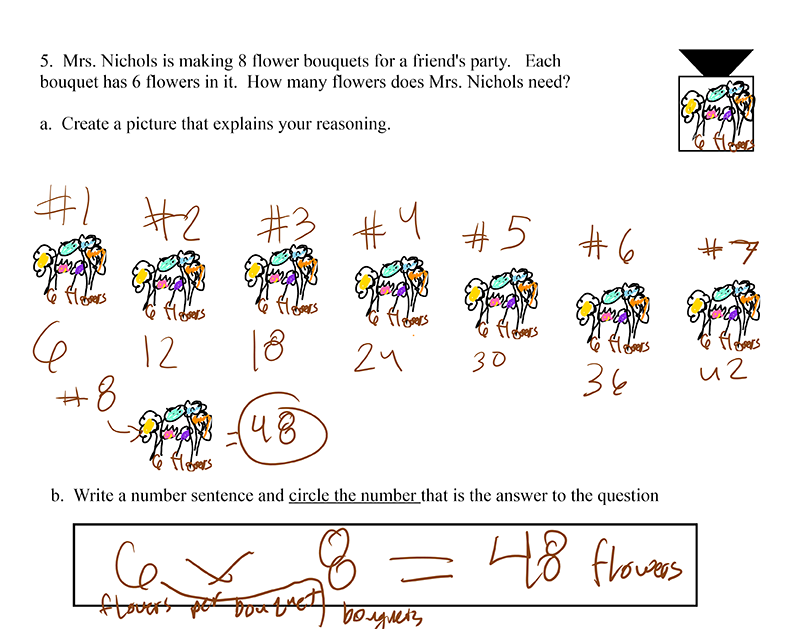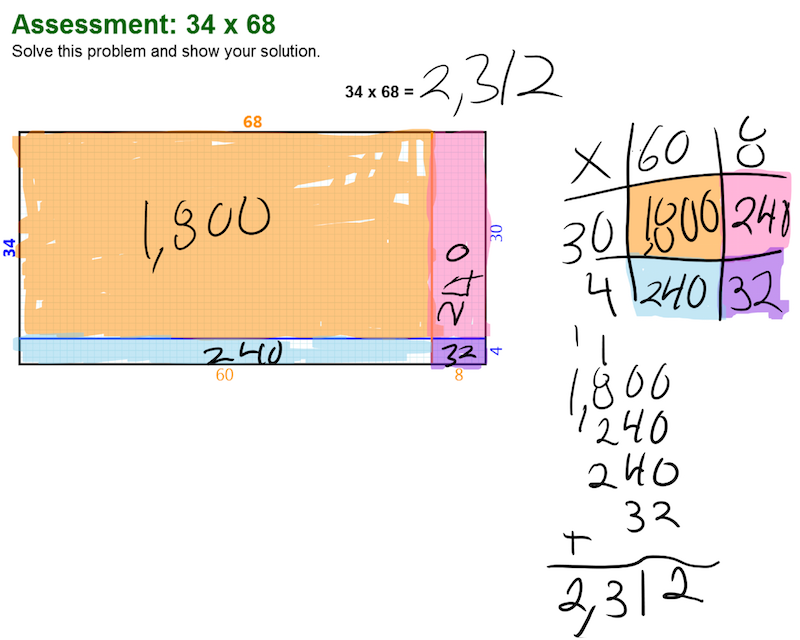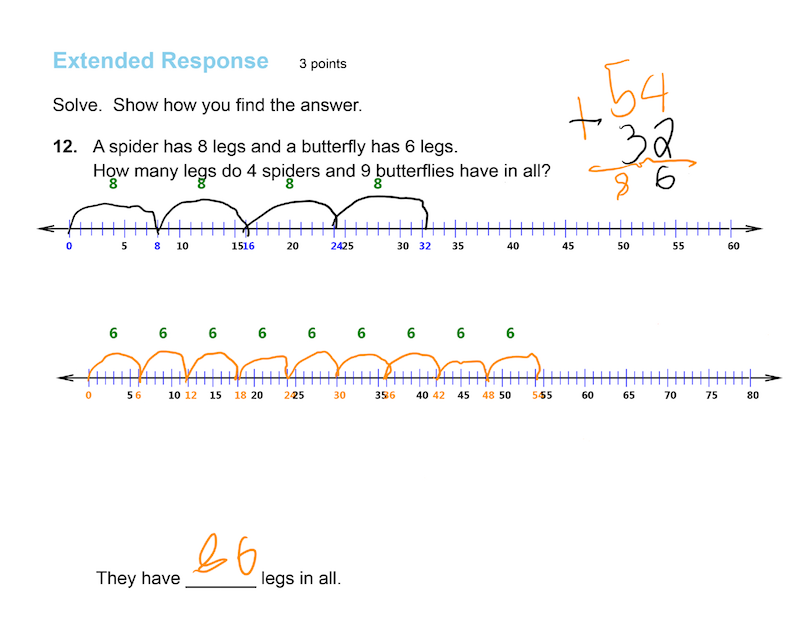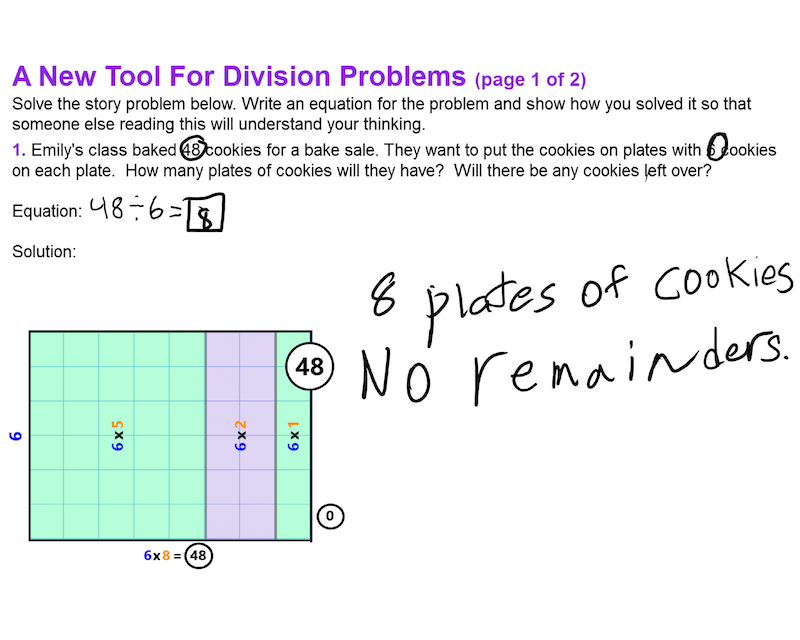INK-12
Teaching and Learning using Interactive Ink Inscriptions in K-12
The NSF-sponsored INK-12 project is investigating three educational technology questions:
- How can technology that allows students to both draw and use representational tools support learning mathematics?
- How can technology that enables a teacher to view and share student work with her class support students’ learning?
- What role can machine "understanding" of student work play in facilitating the teaching and learning of multiplication and division?
To answer these questions, we have designed, implemented, and tested software tools for our tablet-based classroom interaction system called Classroom Learning Partner (CLP). Using CLP, in conjunction with curricula such as TERC's Investigations in Number, Data, and Space and Houghton Mifflin Harcourt’s Math in Focus: Singapore Math, students create representations of mathematical objects and operations, CLP uses automatic analysis routines to interpret the representations, and students and teacher share the student work. CLP thus supports a create, interpret, share model of interaction.
View the Model of Interaction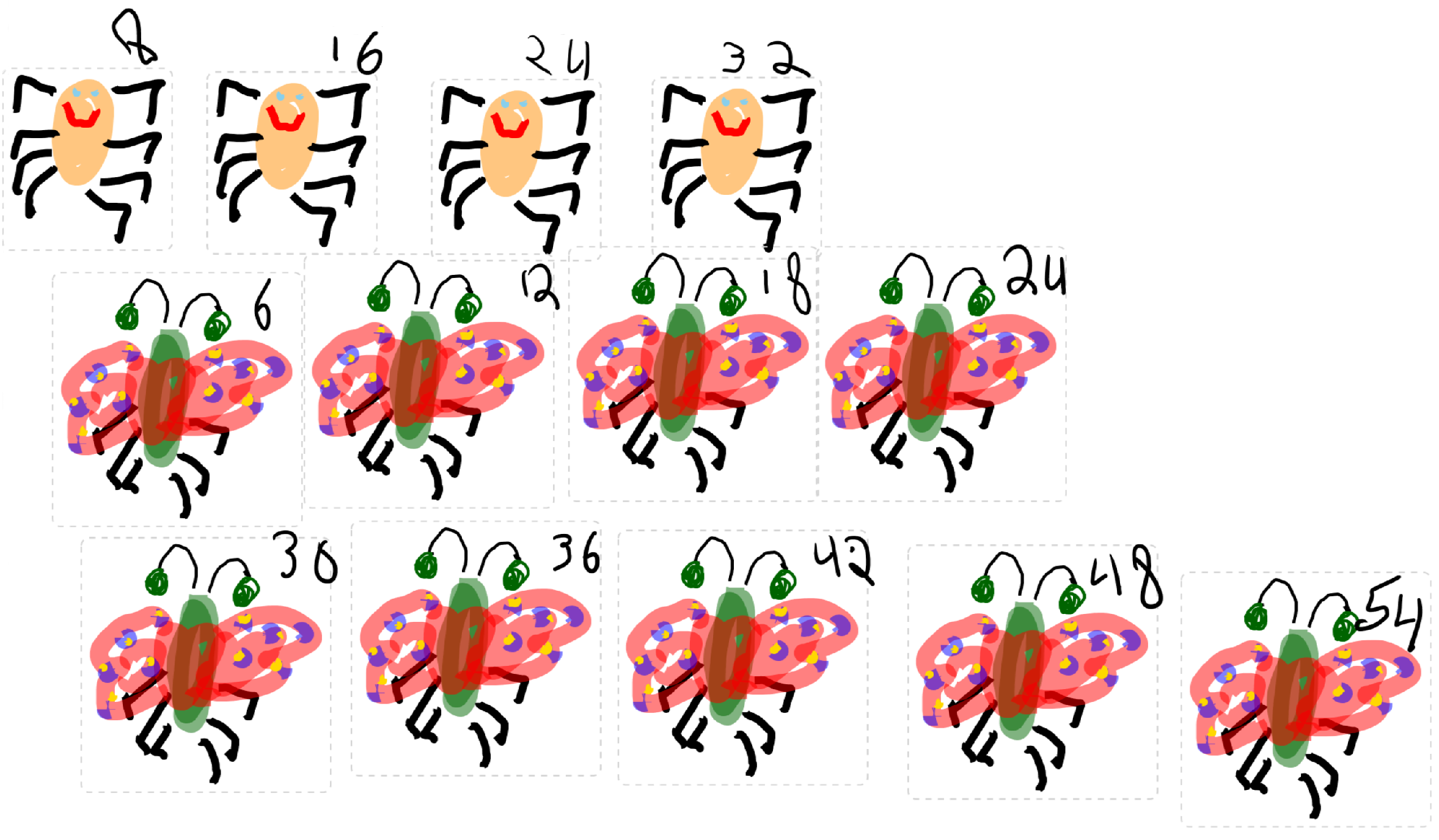
Visual Representations
Students use a combination of digital tools and free-hand drawing to create, annotate, and manipulate mathematical representations and wirelessly send them to their teacher. The complete history of students' interaction with the computer is saved along with the final representation and is thus available for viewing by teacher and researchers. CLP performs automatic analysis and sorting of students' work to help teachers choose appropriate examples for class discussion and to help identify students who may be struggling with particular concepts.
Examples of Student Work See More Student Work
